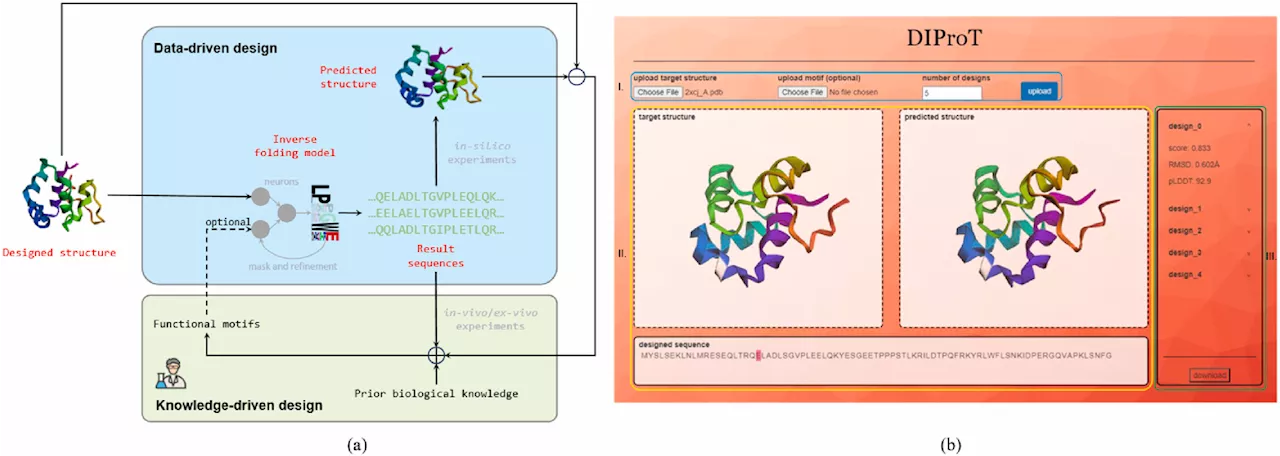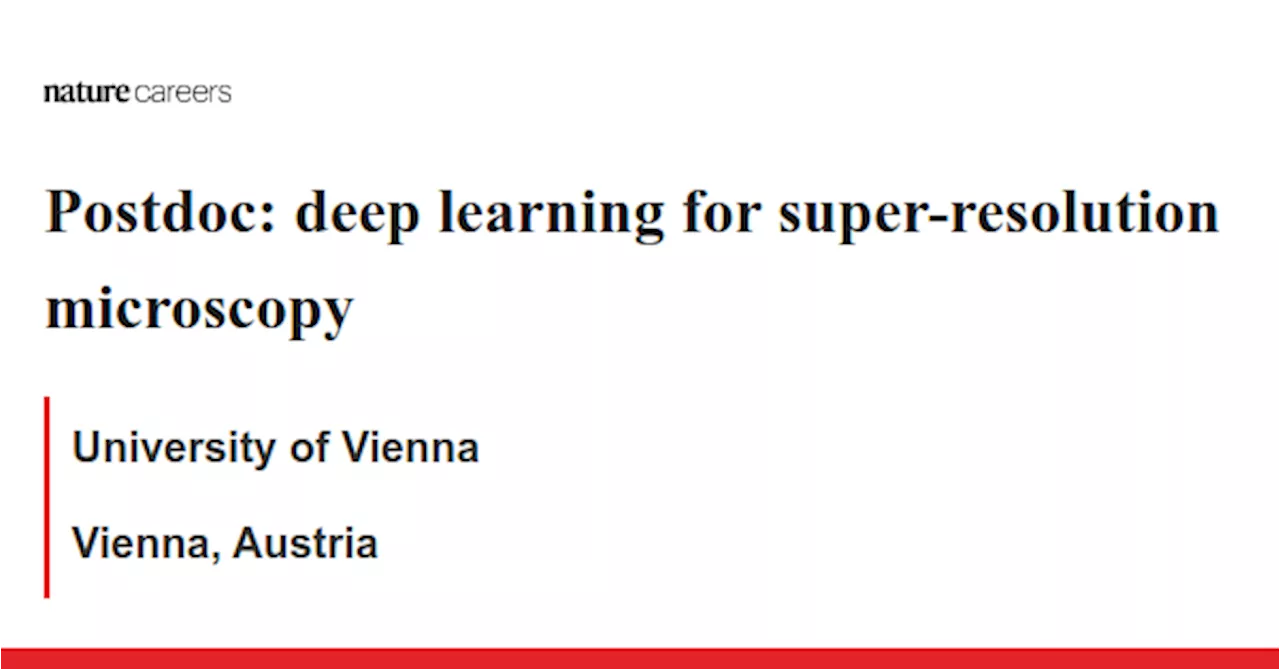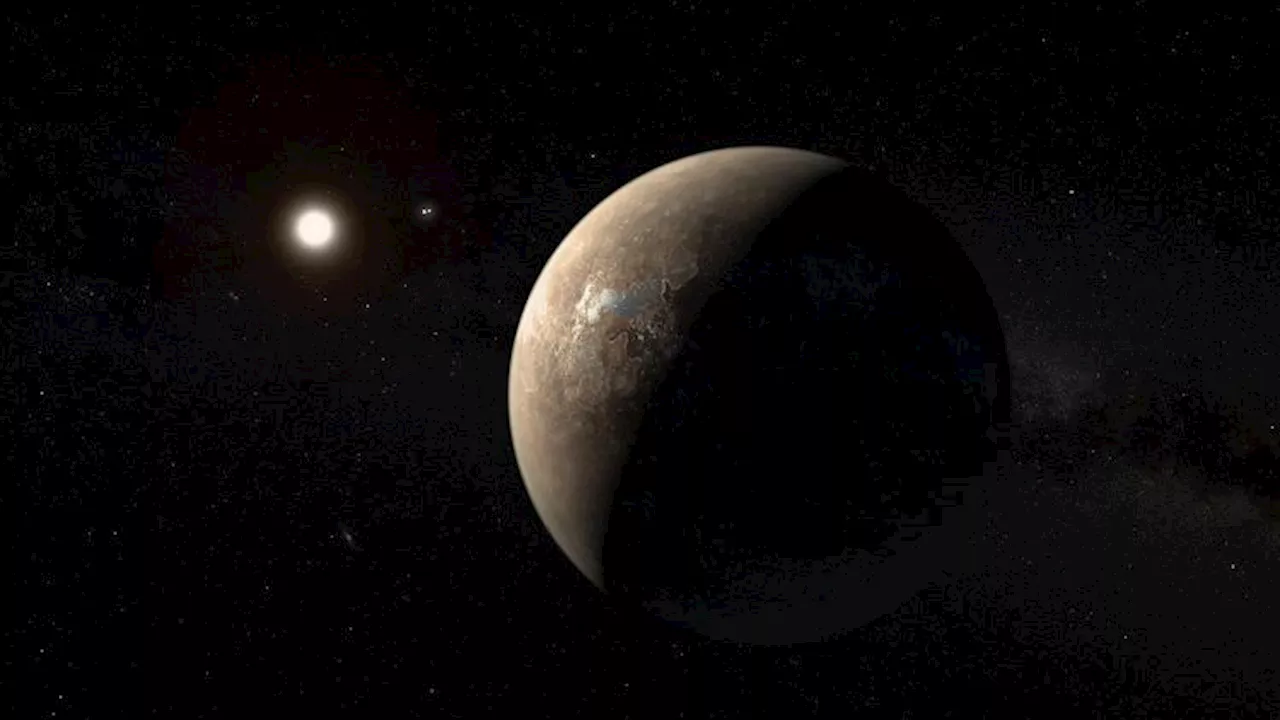Researchers introduce Deep Lake, an open-source lakehouse for deep learning, optimizing complex data storage and streaming for deep learning frameworks.
Authors: Sasun Hambardzumyan, Activeloop, Mountain View, CA, USA; Abhinav Tuli, Activeloop, Mountain View, CA, USA; Levon Ghukasyan, Activeloop, Mountain View, CA, USA; Fariz Rahman, Activeloop, Mountain View, CA, USA;.
Deep Lake’s primary use cases include Deep Learning Model Training, Data Lineage and Version Control, Data Querying, and Analytics, Data Inspection and Quality Control. We took NumPy arrays as a fundamental block and implemented version control, streaming dataloaders, visualization engine from scratch. 7.
Deep Lake’s primary use cases include Deep Learning Model Training, Data Lineage and Version Control, Data Querying, and Analytics, Data Inspection and Quality Control. We took NumPy arrays as a fundamental block and implemented version control, streaming dataloaders, visualization engine from scratch. 7.
United States Latest News, United States Headlines
Similar News:You can also read news stories similar to this one that we have collected from other news sources.
 Machine Learning vs. Deep Learning: What's the Difference?Artificial intelligence technology is undergirded by two intertwined forms of automation.
Machine Learning vs. Deep Learning: What's the Difference?Artificial intelligence technology is undergirded by two intertwined forms of automation.
Read more »
 Scientists introduce DIProT—an interactive deep learning toolkit for efficient protein designScientists have developed DIProT, an innovative, user-friendly toolkit for protein design. The toolkit utilizes a non-autoregressive deep generative model to address the protein inverse folding problem, integrating human expertise into the design loop for efficient and effective protein design.
Scientists introduce DIProT—an interactive deep learning toolkit for efficient protein designScientists have developed DIProT, an innovative, user-friendly toolkit for protein design. The toolkit utilizes a non-autoregressive deep generative model to address the protein inverse folding problem, integrating human expertise into the design loop for efficient and effective protein design.
Read more »
 Postdoc: deep learning for super-resolution microscopy - Vienna, Austria job with University of ViennaAt the University of Vienna, over 10,000 people work together on the big questions of the future. Approximately 7,500 of them are academic staff members. These are individuals who, with their curiosity and their continuous pursuit of excellence, engage in international cutting-edge research and teaching.
Postdoc: deep learning for super-resolution microscopy - Vienna, Austria job with University of ViennaAt the University of Vienna, over 10,000 people work together on the big questions of the future. Approximately 7,500 of them are academic staff members. These are individuals who, with their curiosity and their continuous pursuit of excellence, engage in international cutting-edge research and teaching.
Read more »
 New deep learning model is 'game changer' for measuring embryo developmentA new deep learning model performs a task that biologists have struggled with for centuries -- how to measure the incredibly complex process of embryonic development. Scientists have shown that the AI model, known as Dev-ResNet, can identify what happens and when during embryonic development, from video.
New deep learning model is 'game changer' for measuring embryo developmentA new deep learning model performs a task that biologists have struggled with for centuries -- how to measure the incredibly complex process of embryonic development. Scientists have shown that the AI model, known as Dev-ResNet, can identify what happens and when during embryonic development, from video.
Read more »
 A New Deep Learning Algorithm Can Find Earth 2.0Space and astronomy news
A New Deep Learning Algorithm Can Find Earth 2.0Space and astronomy news
Read more »
 A new deep-learning algorithm can find Earth 2.0How can machine learning help astronomers find Earth-like exoplanets? This is what a new study hopes to address as a team of international researchers investigated how a novel neural network-based algorithm could be used to detect Earth-like exoplanets using data from the radial velocity (RV) detection method.
A new deep-learning algorithm can find Earth 2.0How can machine learning help astronomers find Earth-like exoplanets? This is what a new study hopes to address as a team of international researchers investigated how a novel neural network-based algorithm could be used to detect Earth-like exoplanets using data from the radial velocity (RV) detection method.
Read more »
